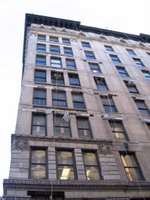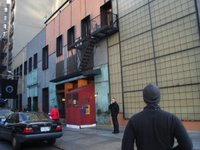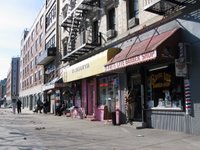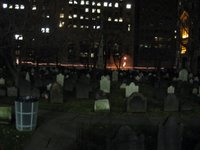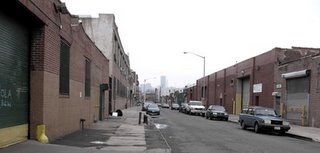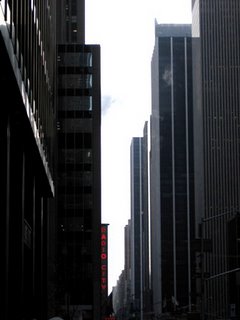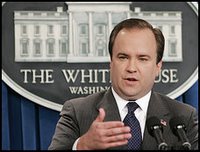 Mikaela posts:
Mikaela posts:
Today's op-ed in the Washington Post gives a clear picture of the uneven development that New Orlean's residents face. (It also puts a good face on historic preservationists, often the whipping boys of planning discussions. In this case, preservationists are on the side of those fighting for their communities by fighting for their houses.)
Whose New Orleans Will Live?
It's understandable (though not admirable) that city officials would try their best to avoid ... life-or-death decisions. Would you want to explain to voters why a bunch of rich, white neighborhoods get primped and buffed to pristine splendor while poor, black neighborhoods get bulldozed and turned into green space? That's the outcome topography suggests, and in New Orleans topography is conterminous with wealth and race....
By Eugene RobinsonThe wealthy strip of high ground alongside the Mississippi River that didn't flood -- the French Quarter, the central business district, the Garden District, Uptown -- resembles the footprint of the city circa 1850. They call this strip the Island, and while life there hasn't quite returned to normal, it's close enough for people to spend time devising new post-disaster routes for the upcoming Mardi Gras parades.
Out in what was marshland in 1850, much of the Lower Ninth is ruined. Some houses were swept off their foundations into the streets; others were simply pulverized into jagged piles of debris. Politics or no politics, whatever happens there will have to start with bulldozers.
The real problem lies in the endless city blocks, mile after mile after mile, that were flooded but not erased. You can start on the Island and drive north, toward Lake Pontchartrain, and soon you are in a silent, empty wasteland where all the houses have a visible waterline, sometimes at the windowsills, sometimes all the way up to the eaves. These vast neighborhoods aren't destroyed, but they aren't habitable, either.
Last week I spent a morning in Holy Cross, the part of the Lower Ninth nearest the Mississippi, which never had real flooding problems until Katrina. It is, or was, a tightknit neighborhood of black homeowners where roots run generations deep.
Robert Smith, a 71-year-old retiree who could pass for 20 years younger, has been living near Dallas since the flood, but he was back in town last Friday working on his house in Holy Cross. Next door, the shotgun house where his mother, Mildred Bennett, lived until Katrina hit -- a house that has been in her family for 127 years -- is being rehabilitated as a demonstration project by the Preservation Resource Center of New Orleans in partnership with the National Trust for Historic Preservation.
The preservationists argue convincingly that it is cheaper and smarter to restore these moderately flooded older houses -- which survived much better than newer homes, since noxious mold doesn't have an affinity for plaster but loves modern drywall -- than tear them down and start over again. That should be true, they argue, in most of the city's empty zones.
But the homeowners of Holy Cross didn't have flood insurance. They weren't eligible for it because the area wasn't considered a flood plain. Without some sort of universal grant or tax credit, there is no way that most of the working-class evacuees from Holy Cross can afford to renovate. The neighborhood remains silent and empty.
In the coming months, the Federal Emergency Management Agency -- which has already been so helpful -- is expected to issue new flood maps for the city, and those maps could be decisive. If FEMA decides a certain neighborhood is a high-enough flood risk, insurers and lenders will stay away.
No one here wants a New Orleans that consists of just the Island plus a bunch of widely scattered residential atolls, washed by a bleak sea of abandonment. But that may be where things are headed unless something or someone intervenes.





